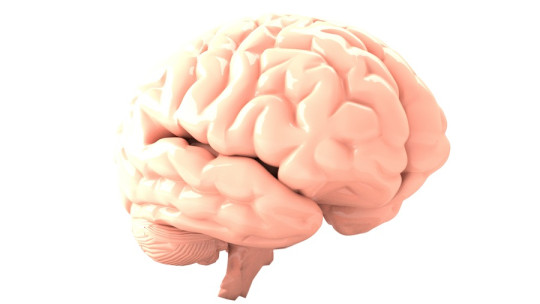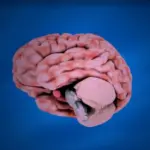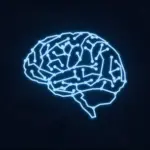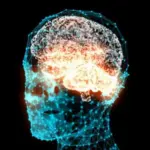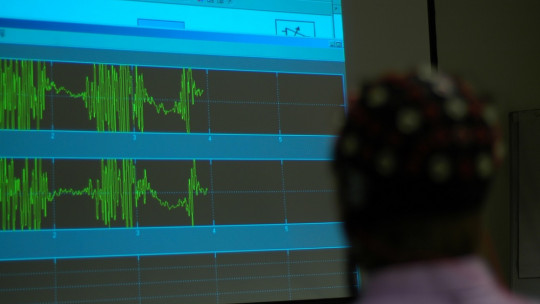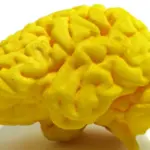OCD (obsessive-compulsive disorder) is a relatively common psychological disorder that leads people to suffer frequent obsessive thoughts, on the one hand, and to perform repetitive actions to try to get rid of the discomfort they generate, on the other. Fortunately, today there are therapeutic resources to intervene effectively in this pathology, and in this case we will focus on one of the best: neurofeedback.
Thus, below we will see a series of advantages that it offers us the use of neurofeedback to treat people who may have cases of obsessive-compulsive disorder.
What is OCD?
Obsessive-compulsive disorder is a psychological disorder that significantly interferes with the normal development of the person in their daily life and It is characterized by the presence of obsessions and compulsions that reinforce each other.
Obsessions often consist of the constant appearance in the person’s mind of unwanted mental images or thoughts, which produce destabilization in the form of a crisis due to stress or anxiety; and compulsions manifest themselves in repetitive and stereotyped behaviors that the person repeats after experiencing the obsession to try to get it out of the mind and immediately relieve the discomfort.

Obsessive-compulsive disorder affects between 1 and 3% of the world’s population and significantly damages their mental health. Its course deteriorates the person’s quality of life over months, and if untreated, it can persist for years or decades.
In addition to that, this type of disorder presents comorbidities with other psychological disorders, such as depression, anxiety, tics, self-harming behaviors, emotional disorders and body dysmorphic disorder.
The symptoms manifested by people with OCD are very diverse, since not everyone experiences the disorder in the same way. However, there are a series of symptoms that are quite shared at a general level that are grouped into three categories.
How does neurofeedback work?
Neurofeedback is a non-invasive brain training technique that consists of recording and monitoring the patient’s brain activity to subsequently modify those non-adaptive neuron activation patterns that cause psychological alteration and promote its maintenance over time.
Is about a resource used to treat psychological problems linked to anxiety, stress, and psychological consequences in the form of trauma , since it helps the person to reintegrate into their memory system the anxiety-producing memories associated with those experiences that destabilize them when evoked. This occurs thanks to the fact of combining the logic of psychotherapy, on the one hand, and direct intervention in the brain, on the other, and without using invasive or painful procedures. It has similar characteristics to systematic desensitization, in the sense that it helps the person to confront those mental states that generate discomfort and to “tame” them by linking them to a state of calm.
In other words, support is provided in the process by which the patient reconfigures his or her neural networks linked to the memory or mental images of what causes discomfort, so that these mental contents no longer lead the person to a state of nervous hyper-activation.
The key to how neurofeedback works is to the modification, through conscious training, of all types of negative neuronal activation patterns that may be occurring in the brain. The person is trained in emotional management and anxiety management skills.
How can neurofeedback treat cases of OCD?
That is why it is such an effective technique for treating cases of OCD, a psychological disorder that has its origin in a certain brain functioning that does not conform to the patterns that should be normal in any person, and that leads them to always think through the same “mental alleys”, giving rise to the vicious circle of obsession, compulsion, obsession, etc.
To modify or restructure this brain malfunction in people with OCD, the first thing to do is a study and evaluation of the current brain patterns of the person who suffers from this disorder.
This evaluation can be carried out by applying (without surgery of any kind) a series of sensors on the person’s scalp that measure their brain activity and whose results are reflected in real time on a screen visible to both the therapist and the patient. the patient.
This screen marks a prize when the person manages to modify their brain patterns with the help and instructions of the therapist, in this way new knowledge is acquired that helps them change their negative brain patterns.
With the implementation of neurofeedback in cases of OCD, the probability of the appearance of deregulatory brain activity patterns is reduced and those waves related to states of relaxation and calm are enhanced, which help to improve the patient’s psychological state. By applying this technique for cases of obsessive-compulsive disorder we achieve reduce excess fast brain waves in posterior areas of the brain (those that generate states of rumination and obsession) and we replace them with slow waves typical of states of calm and relaxation.
Are you looking for treatment for OCD?
If you are interested in starting a therapy process using neurofeedback applied to OCD, contact us.
In Neuroscenter We have the experience, knowledge, and equipment necessary to attend to your case with all the guarantees.

